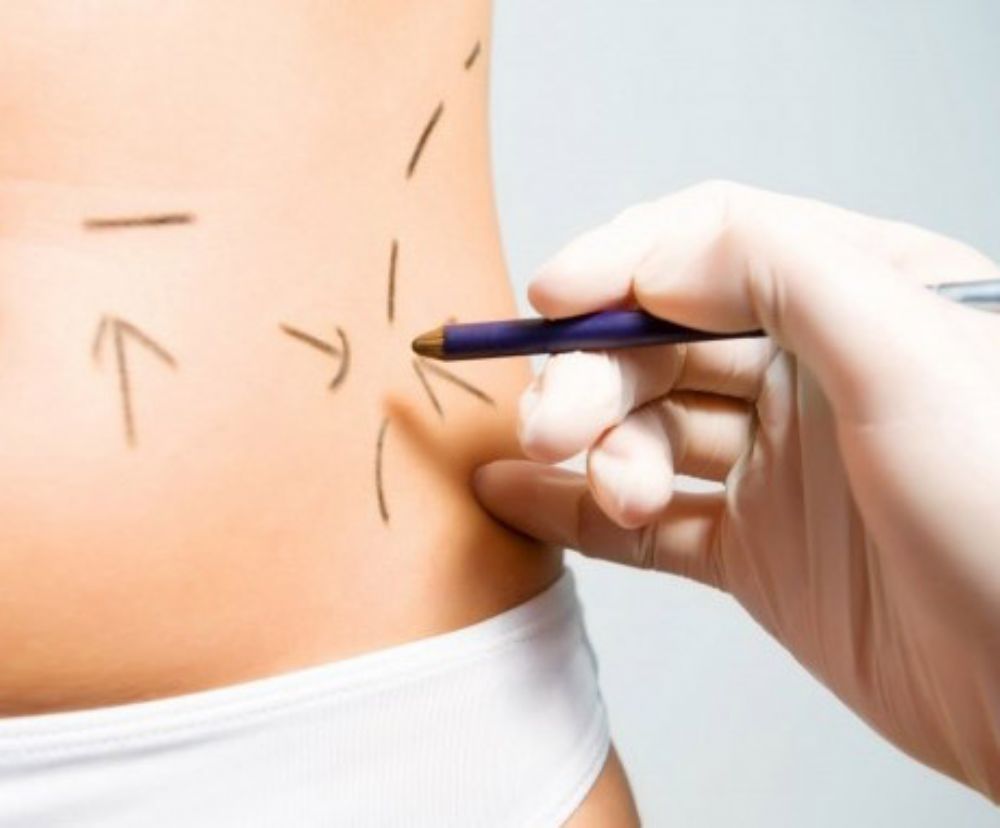Liposuction

Through cosmetic liposuction surgery, (also called liposuction or lipoplasty) removes unwanted fat in different areas of the body: abdomen, thighs, hips, buttocks, arms, face, neck.
For this, the surgeon uses a stainless steel suction tube called a cannula. In addition to eliminating excessive fat, liposuction is also done for body contouring. Mainly, it is made for cosmetic purposes. The decision to undergo liposuction is your choice. However, you must be careful: despite the progress of technology that ensures the safety and success of this procedure, there is always a risk.
First of all you need to set some realistic goals. Dramatic results are also possible. There are several factors to consider that help you determine the success of this procedure such as age, weight, skin elasticity and your overall health.
TYPES OF LIPOSUCTION
● Classical liposuction (tumescent) - the most common. The cosmetic surgeon injects a sterile solution (saline water, lidocaine and epinephrine) in the area from which you want to remove the fat layer. This solution facilitates the extraction of fat and reduces the risk of bleeding and pain.
● Ultrasonic liposuction - involves the use of an ultrasound device to liquefy fat cells so that they can be extracted later.
● Laser liposuction - uses a medical laser to produce the energy needed to liquefy fat.
● Electrically assisted liposuction - involves the use and movement of the cannula in the rhythm go -the vibrations created allow the rapid extraction of fat. It is especially applied when a thick layer of fat needs to be removed or if you have had liposuction before.
Liposuction does not eliminate cellulite, stretch marks or other skin abnormalities.
OPERATING TECHNIQUE
Depending on the area and the amount of fat that has to be removed, the liposuction can take up to a few hours. The next step is anesthesia, in most cases it is general.
The surgeon will make small incisions in the body's natural folds (for example, at the intersection between the legs and the groin area or in the back of the knee). The fat is prepared for extraction (by special solutions, laser heated, etc.) and then extracted through small tubes called cannulas. The skin is sewn. In case of general anesthesia you will have to spend a night in the hospital.
Recovery after liposuction is a long one. The operated area will be covered for 3-5 weeks with bandages to speed healing and reduce the risk of inflammation and scarring. Your doctor will prescribe antibiotics and painkillers to reduce your pain.
The first results can be seen after about four weeks but the skin will heal completely after 2-3 months or even longer.